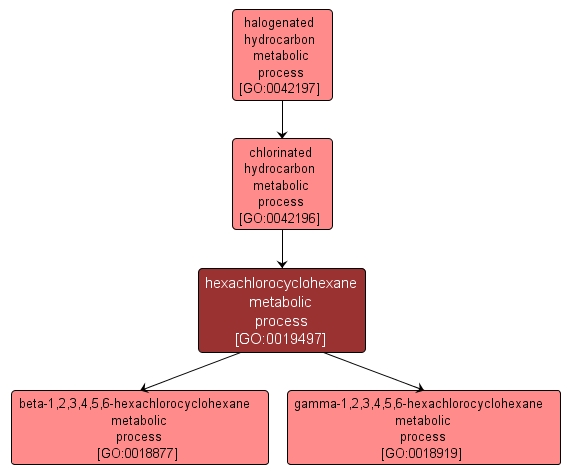| Desc: |
The chemical reactions and pathways involving hexachlorocyclohexane, a cyclohexane derivative with 6 chlorine atoms attached to the hexane ring. Hexachlorocyclohexane consists of a mixture of 8 different isomers and was used a commercial insecticide. It is persistent in the environment, causing serious soil pollution. |














